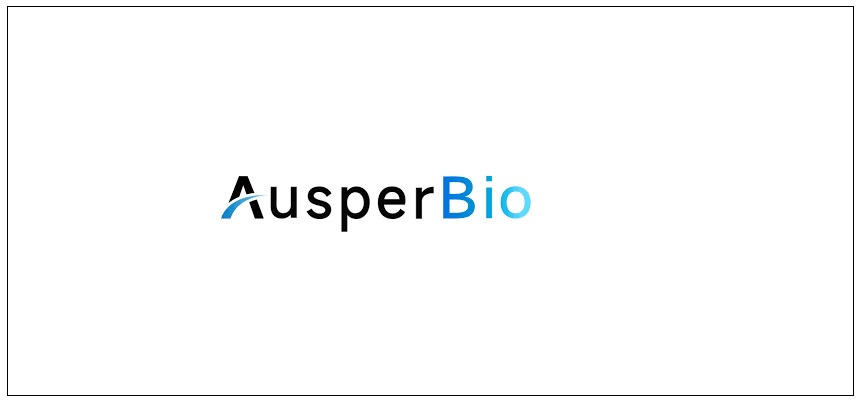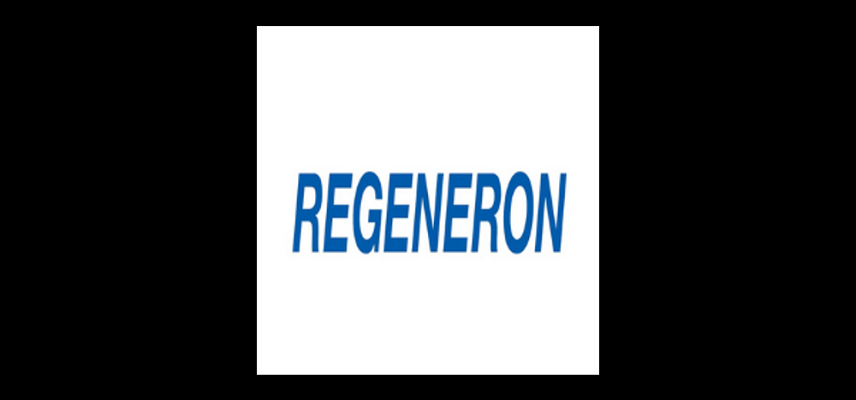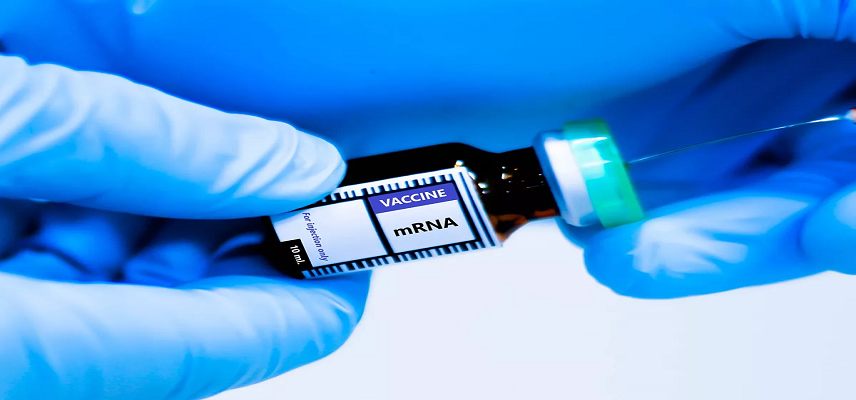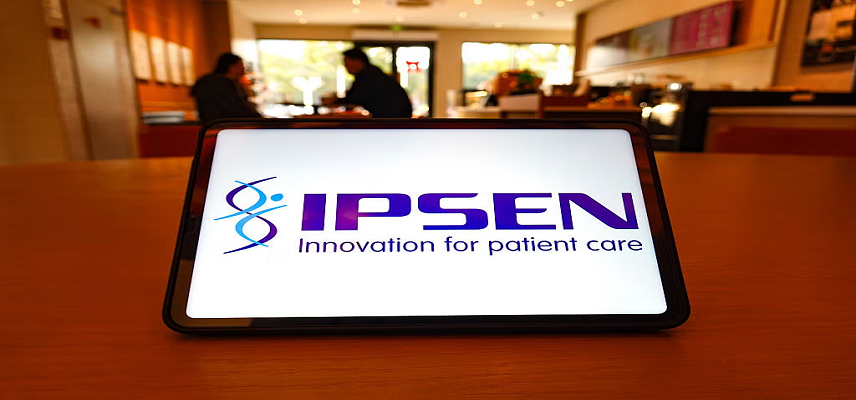Soligenix reports positive results from phase 2a study of SGX302 in patients with mild-to-moderate psoriasis
Soligenix, Inc., a late-stage biopharmaceutical company, announced preliminary top-line results of its ongoing phase 2a trial of SGX302 (synthetic hypericin) for the treatment of mild-to-moderate psoriasis. In the expanded portion of the trial (Cohort 2), an additional five patients were enrolled and the treatment guidelines for use of light activation were adjusted to allow for a more rapid escalation and higher final dose level of light than in the initial cohort (Cohort 1) of patients, which is expected to more closely mirror the way the drug will eventually be used in a “real world” clinical setting.
The Cohort 2 patients were treated more aggressively than the patients enrolled in Cohort 1 during an 18-week treatment period. SGX302 therapy was well tolerated by all patients with no drug related adverse events identified. In the four evaluable patients from Cohort 2 (one patient withdrew early in the treatment course for personal reasons unrelated to the study), two reached a disease status of “Almost Clear” represented by an Investigator Global Assessment (IGA) score of 1, which is considered the standard clinical measure for treatment success in psoriasis. In addition, the Psoriasis Activity and Severity Index (PASI) score, another well-characterized measure of treatment success, for patients in Cohort 2 had a mean drop of approximately 50% over the 18-week treatment.
“Having shown that topical synthetic hypericin has biologic activity in patients with mild-to-moderate psoriasis in Cohort 1, we are very pleased that, when the treatment is administered in a similar manner that has proven successful with HyBryte in cutaneous T-cell lymphoma (CTCL) patients, we also see evidence of clinical success in patients with psoriasis,” stated Richard Straube, MD, chief medical officer and senior vice president of Soligenix. “The ability of SGX302 to produce clinically meaningful benefit for patients allows us to further explore ways to optimize the therapy for this important and difficult-to-treat chronic disease.”
“We are pleased with the preliminary findings from our ongoing phase 2a trial,” stated Christopher J. Schaber, PhD, president and chief executive officer of Soligenix. “The expansion of this psoriasis study continues our evaluation of synthetic hypericin into other disease indications, including non-orphan indications, where there remains an unmet medical need. Current estimates show as many as 60-125 million people worldwide living with the condition, with a global treatment market valued at approximately $15 billion in 2020 and projected to reach as much as $40 billion by 2027. The success of HyBryte in targeting malignant T-cells during CTCL clinical trials is a promising indicator of the ability of SGX302 to provide a much-needed approach for the treatment of mild-to-moderate psoriasis, also caused by dysregulated T-cells. We anticipate continuing to pursue SGX302 in psoriasis as we complete discussions with the US Food and Drug Administration (FDA) and the European Medicines Agency (EMA) regarding a feasible confirmatory trial design for HyBryte in the treatment of early-stage CTCL.”
Visible light-activated synthetic hypericin is a novel, first-in-class, photodynamic therapy (PDT) that is expected to avoid many of the long-term risks associated with other PDT treatments. Synthetic hypericin is a potent photosensitizer that is topically applied to skin lesions and absorbed by cutaneous T-cells. With subsequent activation by safe, visible light, T-cell apoptosis is induced, addressing the root cause of psoriasis lesions. Other PDTs have shown efficacy in psoriasis with a similar apoptotic mechanism, albeit using ultraviolet (UV) light associated with more severe potential long-term safety concerns. The use of visible light in the red-yellow spectrum has the advantage of deeper penetration into the skin (much more than UV light) potentially treating deeper skin disease and thicker plaques and lesions, similar to what was observed in the positive Phase 3 FLASH (Fluorescent Light Activated Synthetic Hypericin) study in CTCL. Synthetic hypericin or HyBryte (tradename used in CTCL) was demonstrated in this study to be equally effective in treating both plaque (42% treatment response rate after 12 weeks treatment, p<0.0001 relative to placebo treatment) and patch (37%, p=0.0009) lesions in this orphan disease caused by malignant T-cells. In a published phase 1/2 proof of concept clinical study using synthetic hypericin, efficacy was demonstrated in patients with CTCL (58.3% response, p=0.04) as well as psoriasis (80% response, p<0.02).
In an ongoing phase 2a study in mild-to-moderate psoriasis, patients enrolled in the initial portion of the trial (Part A) have completed treatment. In Cohort 1, the initial five patients enrolled received twice weekly treatment for 18 weeks with 0.25% hypericin ointment, followed by light activation approximately 24 hours later. Light doses were increased by up to 1 J/cm2 on subsequent visits until mild erythema was observed in the treated lesions. Light doses for all patients were still being intermittently increased when the scheduled treatments ended, and light doses were generally safe and well tolerated. Evaluation of the initial cohort of five patients demonstrated a clear biological signal, with the majority of patients recording an improvement in the PASI score, providing evidence of biological improvement, but no patient met the definition of treatment success (IGA score of 0 or 1) at the 18-week treatment timepoint. The second cohort of five patients were enrolled once the Cohort 1 patients had completed all treatment visits. Given how well-tolerated light treatments were in the first Cohort, it was determined that the second cohort of patients could safely receive an accelerated light treatment with increases in the light dose by up to 2 J/cm2 at each visit and allowing the maximum light dose (25 J/cm2) to be reached earlier by approximately week 14, allowing more treatments at the maximum light dose to be completed in the 18-week treatment schedule. Two of the four evaluable patients from Cohort 2 achieved a clinical success score at some point during the 18-week treatment period and all evaluable patients improved, yielding an average reduction of approximately 50% in the PASI score. One patient in Cohort 2 dropped out of the study for personal reasons unrelated to the study.
This treatment approach avoids the risk of secondary malignancies (including melanoma) inherent with both the frequently used DNA-damaging drugs and other phototherapies that are dependent on UV A or B exposure. The use of synthetic hypericin coupled with safe, visible light also avoids the risk of serious infections and cancer associated with the systemic immunosuppressive treatments used in psoriasis.
Psoriasis is a chronic, non-communicable, itchy and often painful inflammatory skin condition for which there is no cure. Psoriasis has a significantly detrimental impact on patients’ quality of life, and is associated with cardiovascular, arthritic, and metabolic diseases, as well as psychological conditions such as anxiety, depression and suicide. Many factors contribute to development of psoriasis including both genetic and environmental factors (e.g., skin trauma, infections, and medications). The lesions develop because of rapidly proliferating skin cells, driven by autoimmune T-cell mediated inflammation. Of the various types of psoriasis, plaque psoriasis is the most common and is characterized by dry, red raised plaques that are covered by silvery-white scales occurring most commonly on the elbows, knees, scalp, and lower back. Approximately 80% of patients have mild-to-moderate disease. Mild psoriasis is generally characterized by the involvement of less than 3% of the body surface area (BSA), while moderate psoriasis will typically involve 3-10% BSA and severe psoriasis greater than 10% BSA. Between 20% and 30% of individuals with psoriasis will go on to develop chronic, inflammatory arthritis (psoriatic arthritis) that can lead to joint deformations and disability. Studies have also associated psoriasis, and particularly severe psoriasis, with an increased relative risk of lymphoma, particularly CTCL. Although psoriasis can occur at any age, most patients present with the condition before age 35.
Treatment of psoriasis is based on its severity at the time of presentation with the goal of controlling symptoms. It varies from topical options including PDT to reduce pain and itching, and potentially reduce the inflammation driving plaque formation, to systemic treatments for more severe disease. Most common systemic treatments and even current topical photo/photodynamic therapy such as UV A and B light, carry a risk of increased skin cancer.
Psoriasis is the most common immune-mediated inflammatory skin disease. According to the World Health Organization (WHO) Global Report on Psoriasis 2016, the prevalence of psoriasis is between 1.5% and 5% in most developed countries, with some suggestions of incidence increasing with time. It is estimated, based upon review of historic published studies and reports and an interpolation of data, that psoriasis affects 3% of the US population or more than 7.5 million people. Current estimates have as many as 60-125 million people worldwide living with the condition. The global psoriasis treatment market was valued at approximately $15 billion in 2020 and is projected to reach as much as $40 billion by 2027.
Soligenix is a late-stage biopharmaceutical company focused on developing and commercializing products to treat rare diseases where there is an unmet medical need.
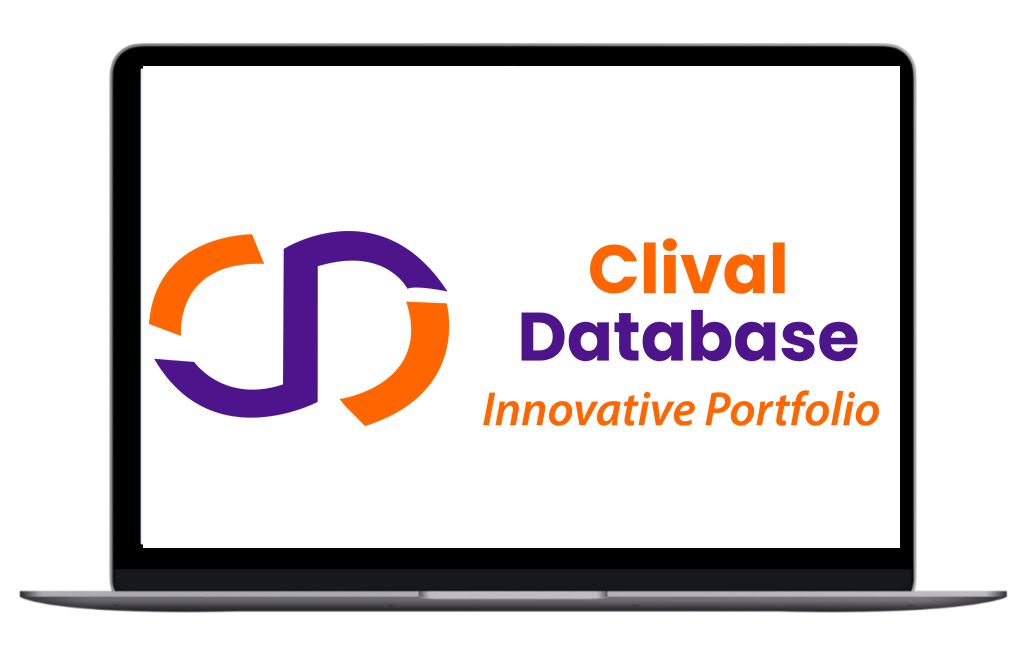
Optimize Your trial insights with Clival Database.
Are you exhausted from the uncertainty of trial insights pricing? Clival Database ensures the clarity in the midst of the global scenario for clinical trials to you.Clival Database is one of the best databases that offers an outstanding number of clinical trial data in terms of 50,000+ molecules and from primary regulatory markets as well as new entrants like Indian and Chinese markets.
With Clival, you get accurate positioning of historical sales data, patent database, company profiling, safety & efficacy, and prediction of launch of new innovative molecules helping you to align your research and driving down the cost.
To add value, we further break down our analytics for you so that improving your operational effectiveness; optimizing your clinical trials; and offering you accurate and high-quality data at lowest possible prices becomes possible.
Elevate your trial success rate with the cutting-edge insights from Clival database.
Check it out today and make more informed sourcing decisions! Learn More!

